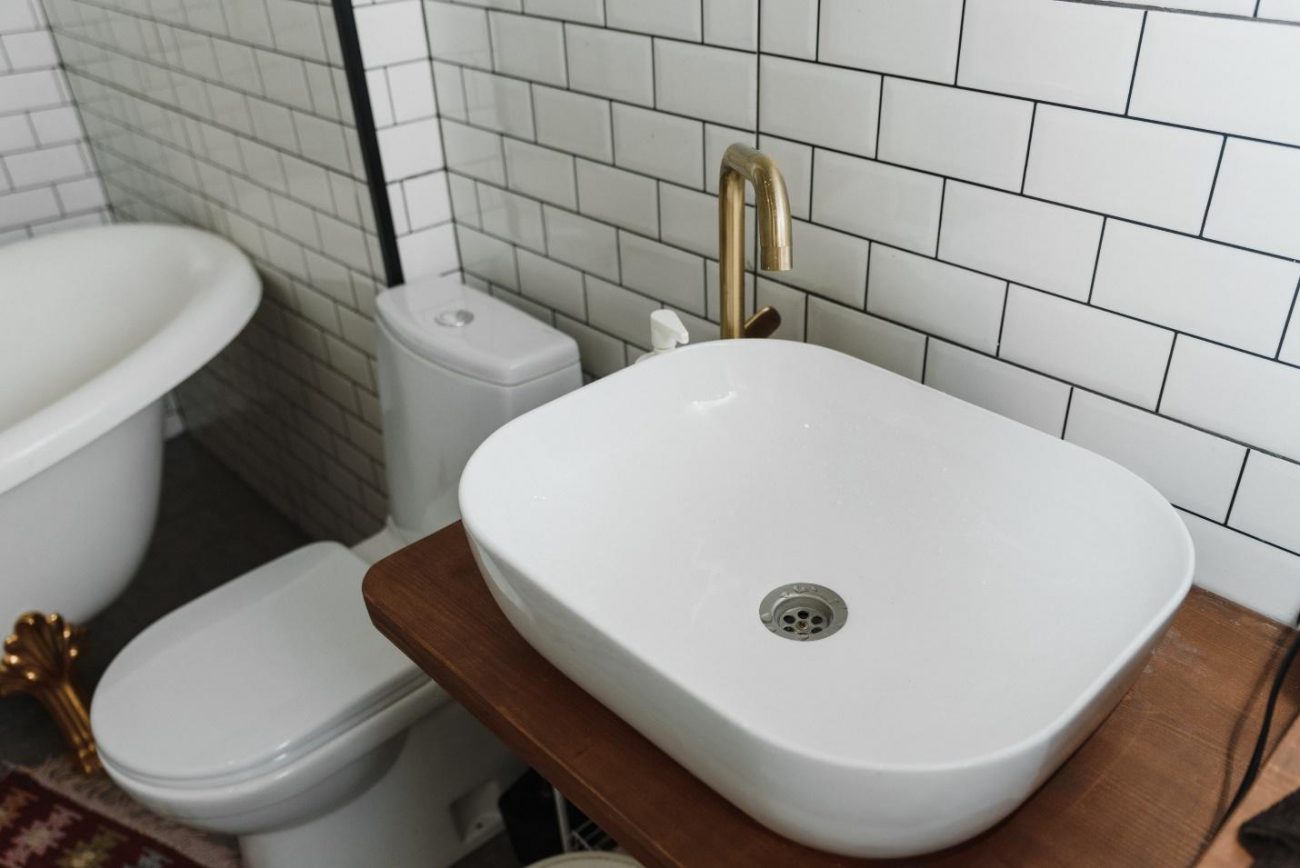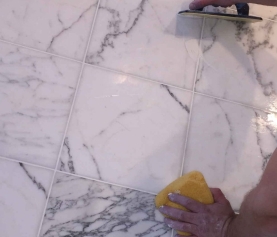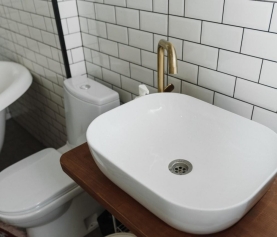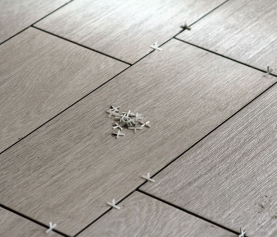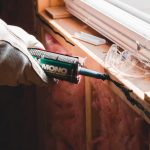The Aesthetic Impact of Regrouting
The grout between the tiles goes through normal wear and tear every 10 to 15 years. It might stain, crack, or loosen up, causing tile and water damage. Bathrooms especially take the brunt of it where the moisture and consistent humidity shortens the lifespan of grout.
The yellowed and broken grout makes your house’s tiled floors and walls appear old and dirty. It creates a gloomy overall look and takes the heart out of the place. Regrouting can help you restore its lost luster. It is a relatively cheaper process as compared to complete tile replacement, which is expensive and time-consuming.
How is Regrouting Done?
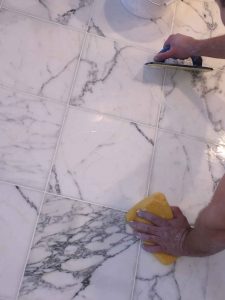
Regrouting is a home improvement project that can boost your home’s resale value.
Regrouting involves replacing the old and damaged grout with fresh and new grout. It is done following these three steps:
- Removing old grout: The old grout is scraped out using various tools. This is the most time-consuming of all steps.
- Adding new grout: New grout is mixed up and applied to fill the joints between the tiles using a sponge and a grout float.
- Cleaning up: The tiles are then cleaned to remove any extra grout. After the grout has dried, the tiles are buffed.
Advantages of Regrouting
Regrouting protects the edges of your tiles and keeps them last longer. It closes any holes under the tiles to prevent water seepage beneath the bathroom floor and walls. Regrouting improves the ambiance and mood of the room by enhancing the overall appearance. Healthy grout translates to healthy tiles. The filling between the tiles eliminates the presence of dangerous germs.
Conclusion
Regrouting is a home improvement project that works nicely to improve the resale value and offer a great return. Get a quote from your local regrouting contractors and book an appointment to renew your grout and add a sense of Zen to your living space.

